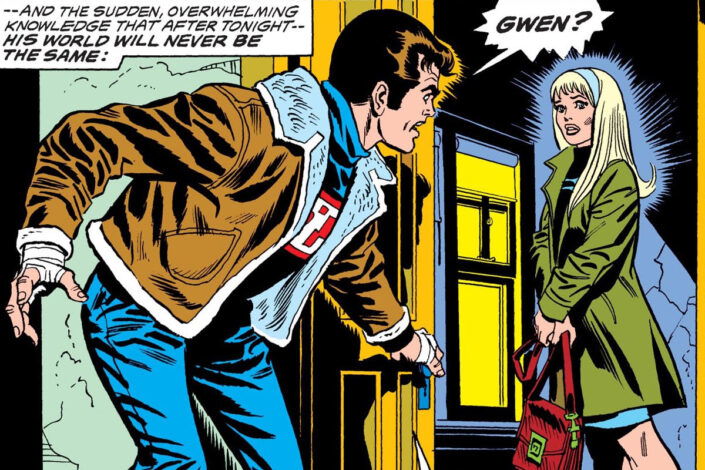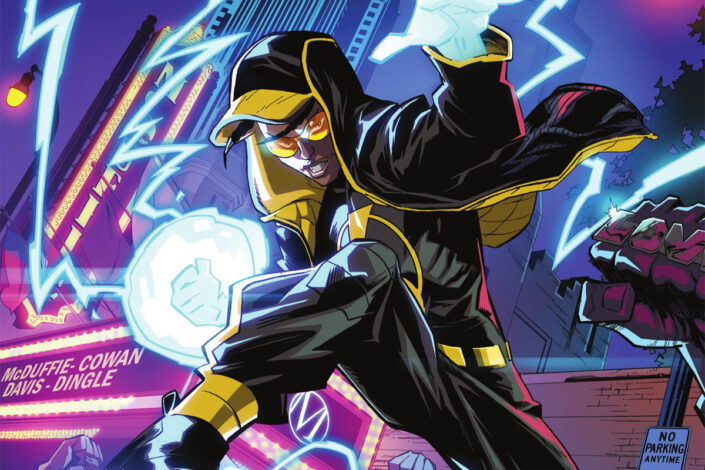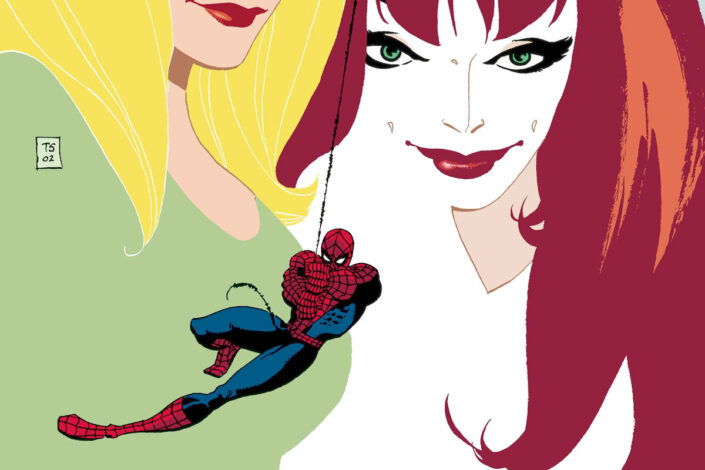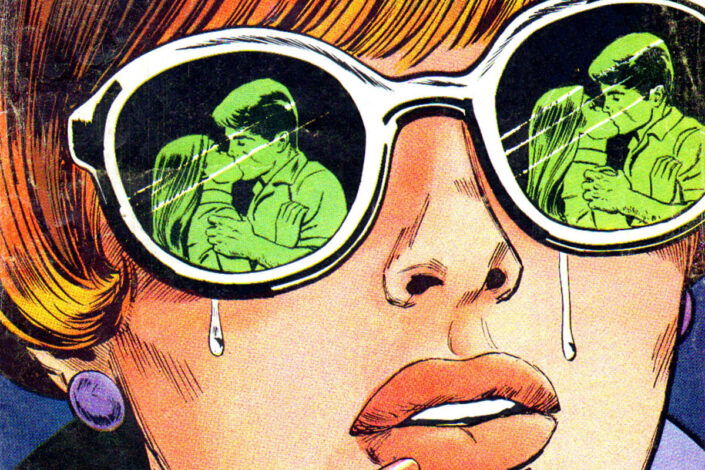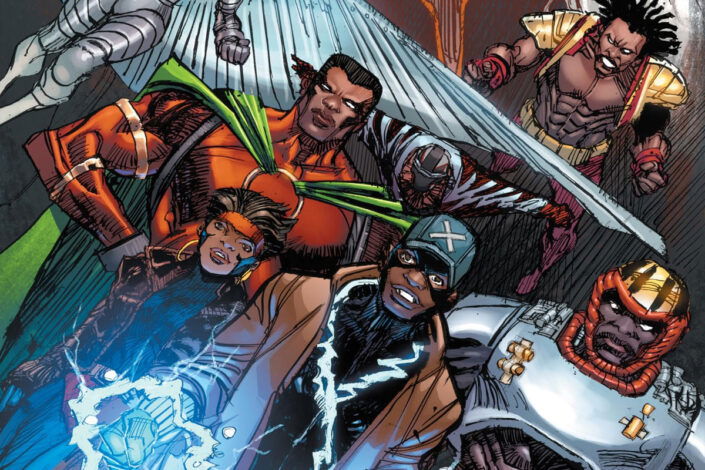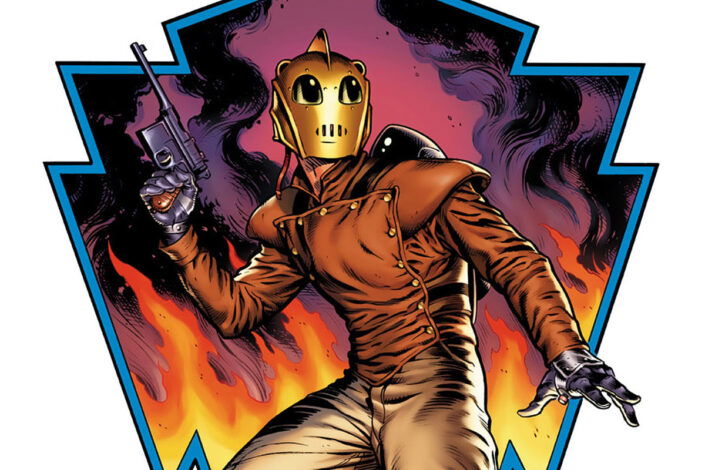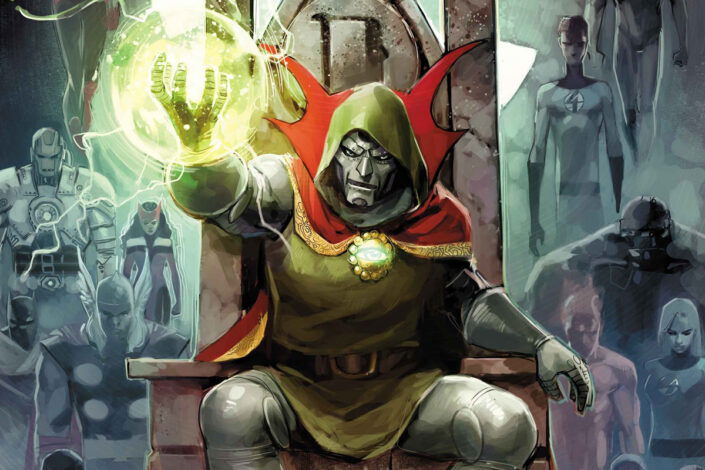Hawkgirl Kendra Saunders Reading Order
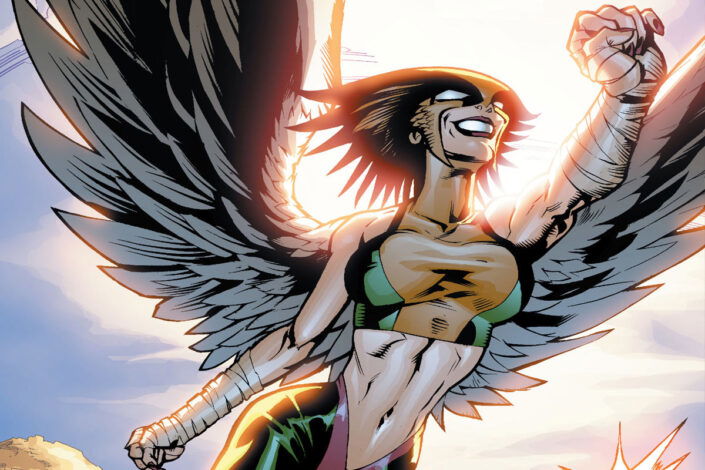
There were other Hawkgirls before Kendra Saunders made her first appearance in 1999 in JSA: Secret Files #1 (by James Robinson, David Goyer, and Scott Benefiel). It’s part of being Hawkgirl, an immortal warrior following a reincarnation cycle that reunites her with her lover Hawkman (Carter Hall).
But unlike past Hawkgirls who fully embrace their process, she actively resists it, trying to forge her own path rather than be bound by fate. A troubled young woman, Kendra Saunders died by suicide. When she was found by her grandfather, Speed Saunders, her body was miraculously revived—but her soul had been replaced by that of her ancestor, Shiera Hall, the original Hawkgirl.
While she doesn’t initially remember her past lives, she struggles with the memories of them and is pushed by unforeseen events to reunite with Carter and fight alongside the Justice Society of America to survive. Kendra retains her own personality and memories, and refuses to be defined by a past she doesn’t remember living.
However, she unconsciously acquires Shiera’s fighting skills and instincts. Like other Hawk avatars, she wields weaponry made from the mystical Nth Metal, which grants her flight, enhanced strength, and durability.
